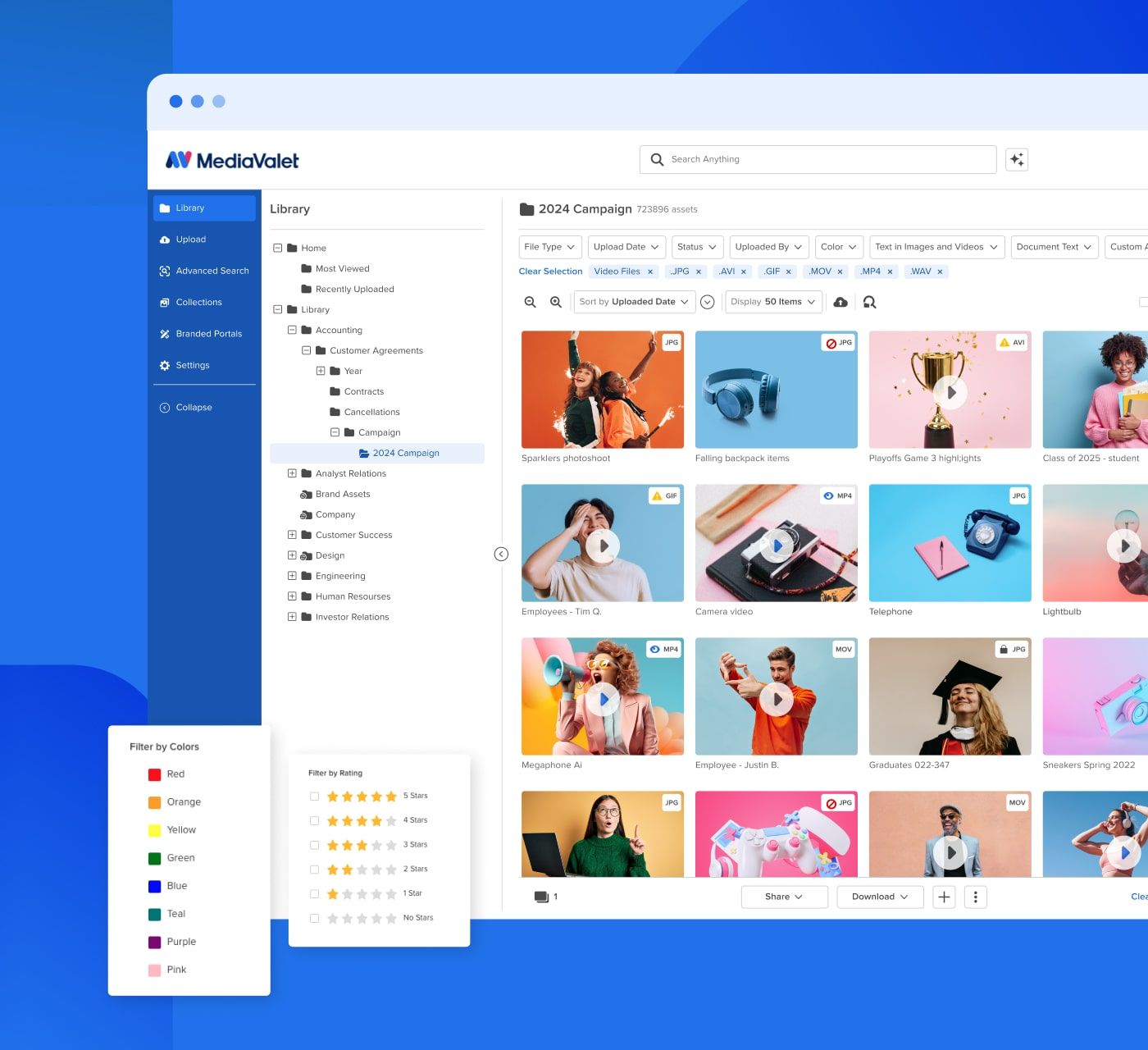Digital asset management software (DAM) is a powerful investment, but only if your teams actually use it. Adoption is the single biggest factor in realizing DAM ROI, and it’s where many platforms fall short. That’s why DAM integrations matter so much. By embedding DAM directly into the tools your teams already work in, integrations remove friction, accelerate onboarding, and drive real usage across the organization.
Why DAM Integrations Matter
DAM integrations allow organizations to embed digital asset management directly into their existing technology stack so assets move seamlessly from creation to approval to distribution. Instead of forcing teams to change how they work, integrations bring the DAM to them.
Implementing the right digital asset management integrations allows companies to connect directly into the tech stack that their team already uses and loves. Not only does this help improve the adoption of the platform, but it also helps remove bottlenecks and ensures digital assets are properly used across all initiatives.
Here are some of the main ways that DAM integrations can help your team work better:
- Higher DAM adoption – Teams access assets directly inside the tools they already use.
- Faster, connected workflows – Fewer logins, fewer handoffs, fewer bottlenecks.
- Shorter time-to-market – Content moves faster from creation to launch.
- Centralized communication – Feedback, approvals, and updates stay connected.
- Cleaner data & governance – Metadata, permissions, and versions stay aligned across systems.
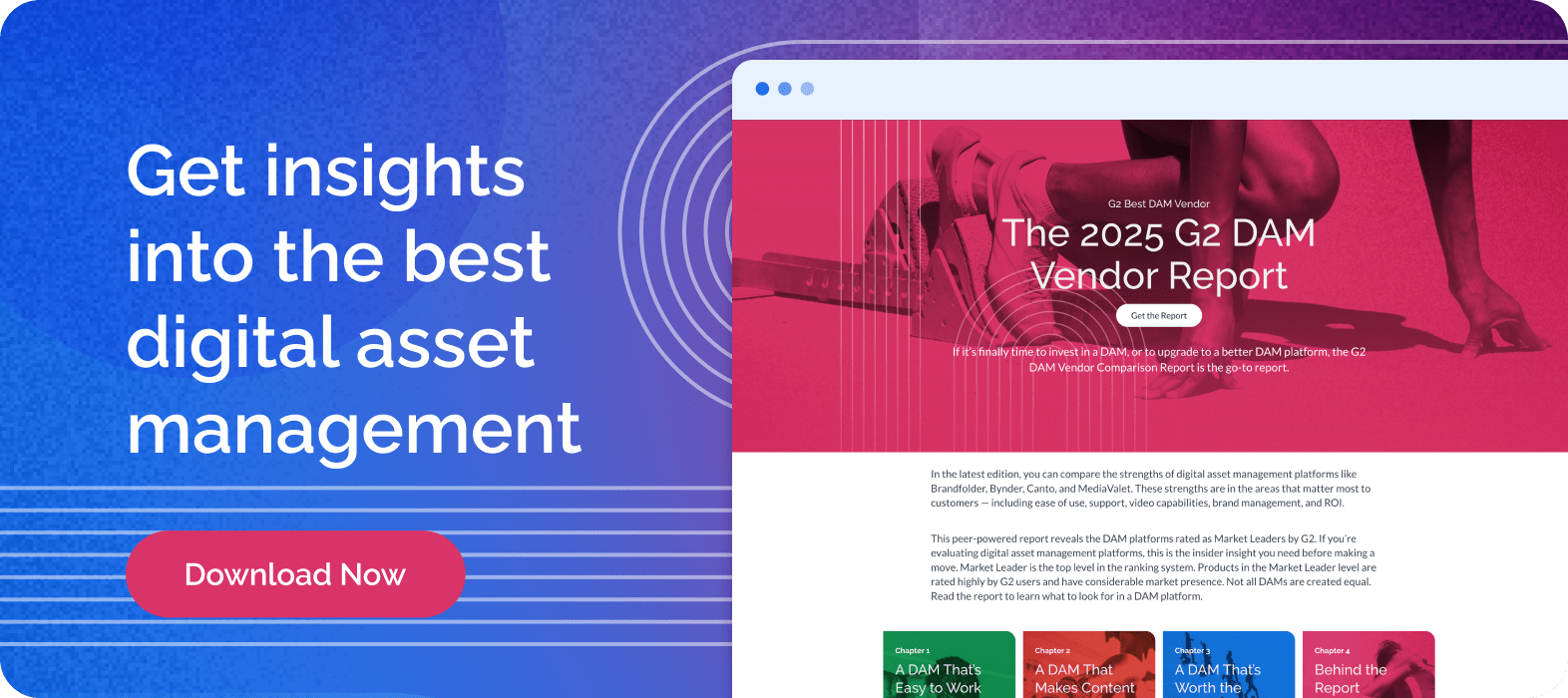
The Top 8 DAM Integrations
While there are a ton of available DAM integrations (and even more custom options with our open API), the top six(eight?) integrations that customers explore include:
- Open API,
- Customer Relationship Management Systems,
- Design Software,
- Project Management Systems,
- Product Information Management Systems,
- Identity Management Platforms,
- Forensic Watermarking, and
- Templating Solutions.
Let’s get into more detail about how a DAM integrates with each of these systems below.
DAM Integration #1: Open API
An open API enables in-house developers to select and utilize specific functionalities when building platforms or applications.
Example: MediaValet’s Open API
Why use an Open API?
Using an open API for a DAM system allows seamless integration with other software, enabling customization, scalability, and enhanced collaboration across teams. It fosters innovation by supporting third-party development and future-proofing capabilities, while also ensuring compliance and security through tailored authentication and authorization measures. This flexibility makes it easier to adopt and integrate DAM functionalities into existing workflows, ultimately improving efficiency and utilization of digital assets within organizations.
How does an Open API work?
MediaValet’s Open API offers a comprehensive set of API Endpoints, Webhooks, and Powershell for seamless access, management, and utilization of digital assets. From uploading, downloading, searching, to organizing, it equips you to craft engaging experiences. By programmatically mapping metadata from third-party applications, ingestion policies, and custom data applications, your assets become easily discoverable.
Everything you need to know about MediaValet’sOpen API.
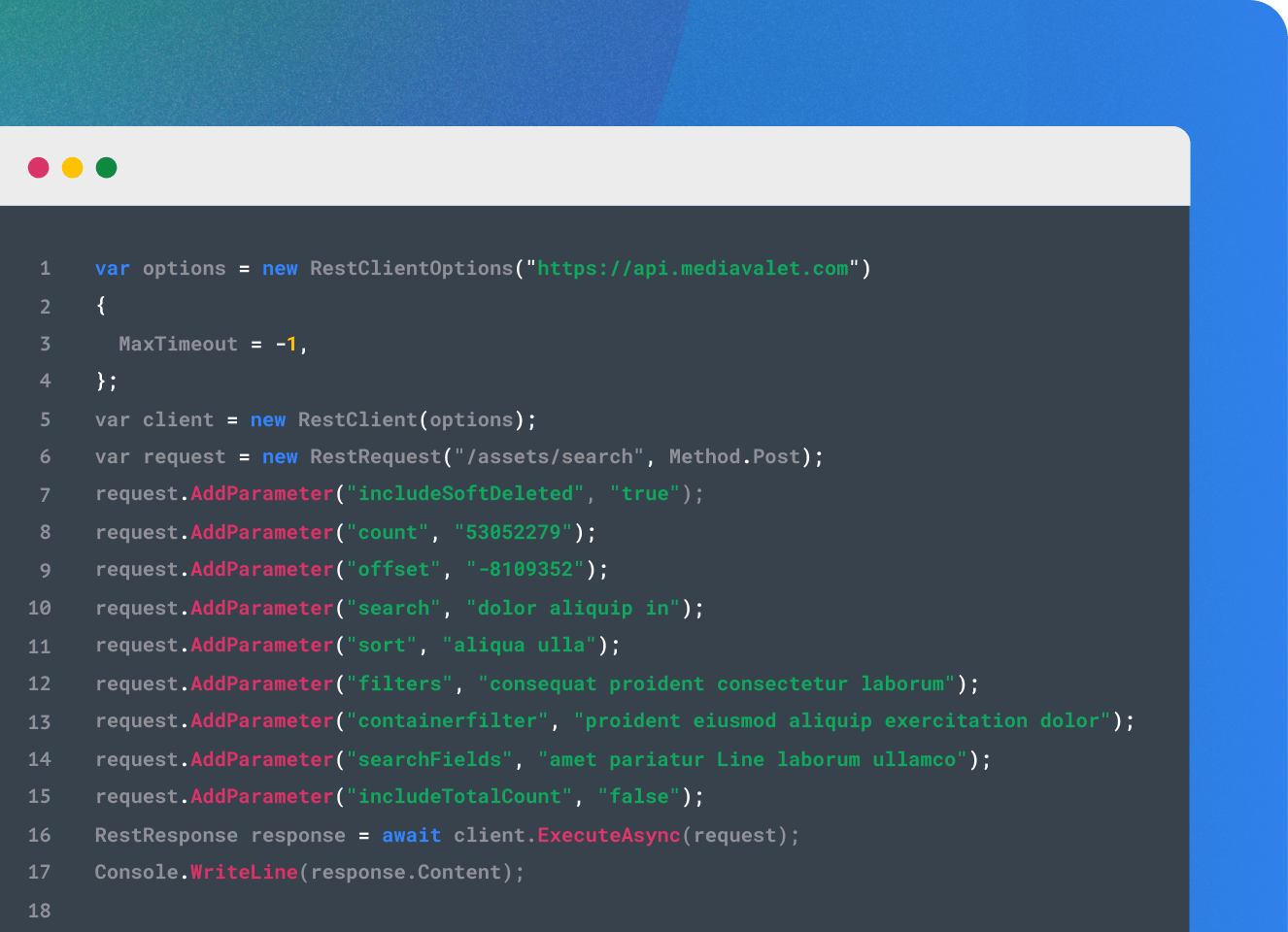
DAM Integration #2: Customer Relationship Management (CRM)
A CRM is a system that helps companies manage their contacts and stay up to date on interactions with customers via email, phone, website, and more. It tracks customer data from these interactions and stores it in one central place.
Example: Salesforce Sales Cloud
Why integrate with CRM?
Integrating a CRM with a DAM significantly reduces the time it takes for teams to share content with customers and prospects. This integration helps to optimize workflow as your digital assets, like product brochures, presentations, videos, etc., are more easily found and shared. It also gives your team secure access to up-to-date assets without ever leaving the CRM which provides a single-source-of-truth for your team, eliminating the risk of using outdated or unapproved material by mistake.
How does the integration work?
The Salesforce Sales Cloud and MediaValet integration gives your team instant access to digital assets by syncing assets to the CRM library upon upload to a specific category in the DAM. The most recent versions of assets will also be pushed to the CRM, making sure that teams are always using up-to-date materials. The integration allows you to track and manage all your customer-facing assets used in the CRM without leaving the DAM.
Everything you need to know about MediaValet’s integration with Salesforce Sales Cloud.

3. Design Software
Design software helps your creative teams secure and manage their creative files while accelerating the creative process. Files for web design, creative content, vector graphics, and more are securely managed on this platform.
Example: Adobe Creative Cloud, powered by CI HUB
Why integrate with design software?
Integrating DAM with creative operations software ensures your creative team’s project files are always backed up and available. It accelerates and secures your creative process without adding extra steps or changing anyone’s workflow. Creative assets are available at all times, so when someone is out of the office, there are no project disruptions.
How does the integration work?
Integrating Adobe Creative Cloud with your DAM syncs assets from the DAM to a desktop application, allowing designers to use cloud-based files without any lag time. Designers can work from their desktop in the same way they’re used to, while their design and source files automatically sync back to the DAM. Asset links are maintained in the design file, so other designers can quickly pick up projects without needing to re-link assets.Once a project is complete, designers can export the final PDF directly to the DAM, ensuring quick access and distribution.
“Using the Adobe Connector, I save those tedious steps of downloading and uploading again to make for a really seamless experience – it’s true efficiency”. UCSF
Everything you need to know about integrating Adobe Cloud Connector, powered by CI Hub andMediaValet.
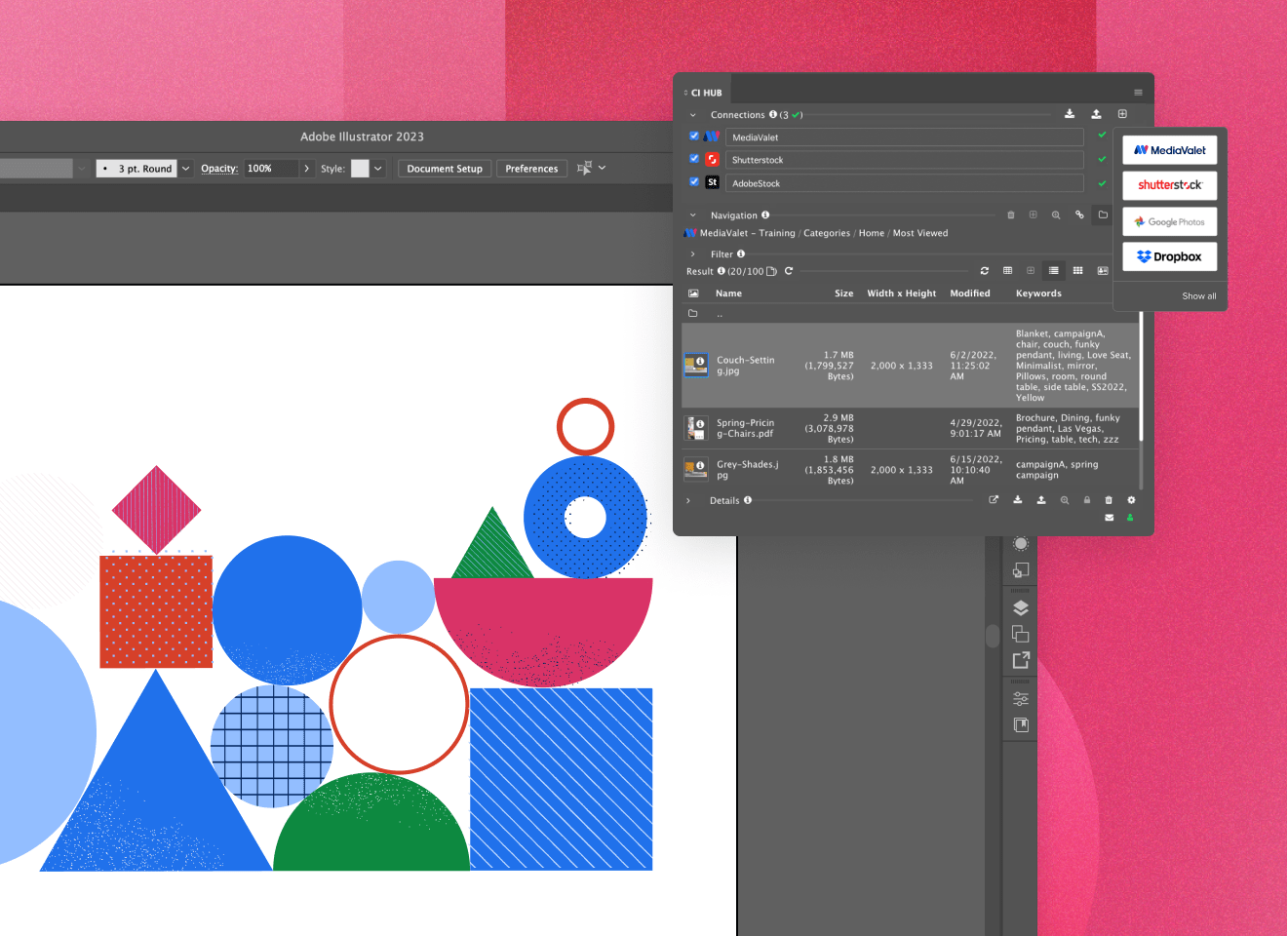
4. Project Management System
A project management solution helps keep everyone on your team up to date on current projects and responsibilities surrounding those projects. They act as an organized space where all content is managed and assigned through tasks for each individual member of your team.
Example: Wrike
Why integrate with a project management solution?
A DAM and project management integration streamlines the creative process, saving your team time and improving creative output. This integration ensures campaigns are always on-brand with access to the latest, relevant, pre-approved assets and improves collaboration of geographically dispersed teams by keeping project details centralized and accessible.
How does the integration work?
This type of integration enables users to pull and push assets between your DAM and project management solution. Using advanced search and AI capabilities, you can find assets from within the DAM and add them to various tasks, without leaving your project management platform. Once your task is complete, you’re able to publish final, approved assets back to the DAM, mapping metadata, and categories from within the project management solution.
“We haven’t been able to put a dollar amount on it, but implementing MediaValet and Wrike together has most certainly saved us time and money.” Monumental Sports and Entertainment
Everything you need to know about MediaValet’s integration with Wrike.

5. Product Information Management (PIM)
A PIM solution provides a central hub, where you can distribute accurate product data across eCommerce channels, like your website, Amazon marketplace, social media channels, and more. It allows you to manage and enrich your product information to better market and sell your products without disruption.
Example: Akeneo
Why integrate with PIM?
An integration between PIM and DAM allows you to seamlessly sync product information between the two systems. It establishesa single source of truth for all your product data and digital assets. This means you can quickly deliver product and branded content across all marketing channels, boosting e-commerce sales.
How does the integration work?
The three main functions of this integration are: sync, approve and share. The syncing capabilities mean you can automatically transfer product data and digital assets between the PIM and DAM. The approval process means you can systematically organize, manage, and enrich digital assets with relevant product data, creating pre-approved assets. This brings us to sharing, ensuring that compelling content is always presented to your customer base, across relevant channels, elevating your customers’ overall experience.
Everything you need to know about MediaValet’s integration with Akeneo.
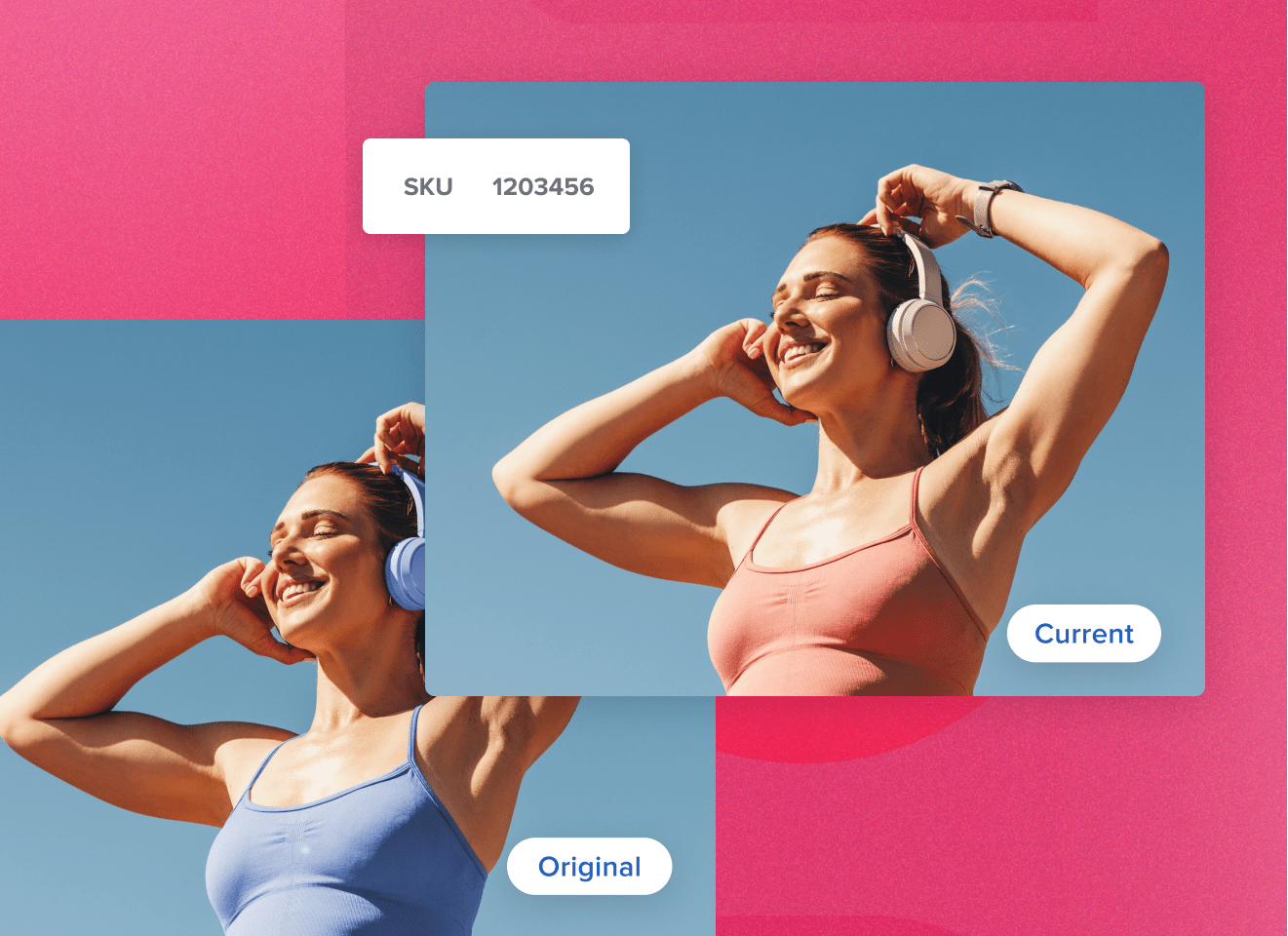
6. Identity Management Platform (IMP)
An identity management platform (IMP) manages all licenses, passwords, and user access for accounts across an entire organization. It provides a single sign-on to every platform within an organization. This reduces any issues your team may have with digital accessibility. IMP simplifies user management, enabling organizations to allow or remove platform access from within a single solution.
Example: Azure Active Directory
Why integrate with an IMP?
Integrating an identity management tool with DAM ensures an additional layer of security for your digital assets. It makes everyone’s lives easier by simplifying user access and password management for all accounts. In turn, it reduces IT support costs by centralizing user management to a solution they are already comfortable using.
How does the integration work?
This integration enables users to sign into the DAM using their IMP credentials and multi-factor authentication. You can automatically manage DAM users from within your IMP, plus configure user and group permissions. Other capabilities include resetting and deleting passwords; updating user info; and enabling permissions for DAM users. Additionally, it notifies the IT team about suspicious activity or access to the DAM, adding another layer of security.
“As a massive organization, we have very strict procurement guidelines and security requirements for vendors… MediaValet stood out immediately as a front runner.” Experian
Everything you need to know about MediaValet’s integration with Azure Active Directory.
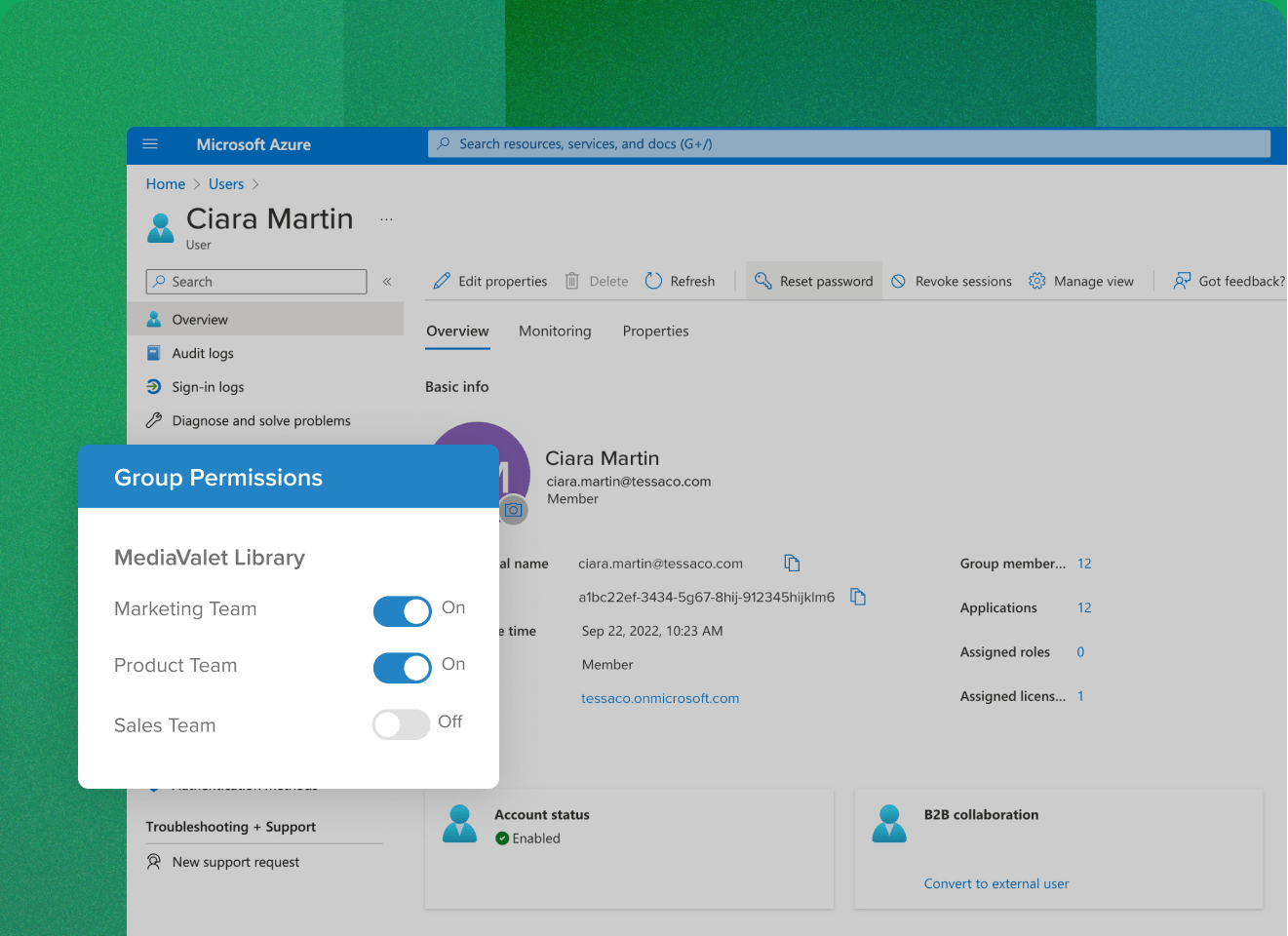
7. Forensic Watermarking
Forensic watermarking technology protects organizations from the improper or unauthorized use and distribution of digital assets like images or videos and ensures compliance and legal protections.
Example: Forensic Watermarking, powered by Steg.AI
Why integrate with a forensic watermarking solution?
Forensic watermarking provides valuable support for compliance requirements and legal disputes by enabling evidence of asset ownership. By integrating forensic watermarking, organizations can track and identify the source of any leaked or unauthorized asset usage.
How does the integration work?
MediaValet’s Forensic Watermarking, powered by Steg.AI’s embedded watermarks contain unique and hidden identifiers that can be used to trace back to the origin of an asset, helping you identify potential leaks and take appropriate actions to protect your intellectual property.
Everything you need to know about MediaValet’s Forensic Watermarking, powered by Steg.AI
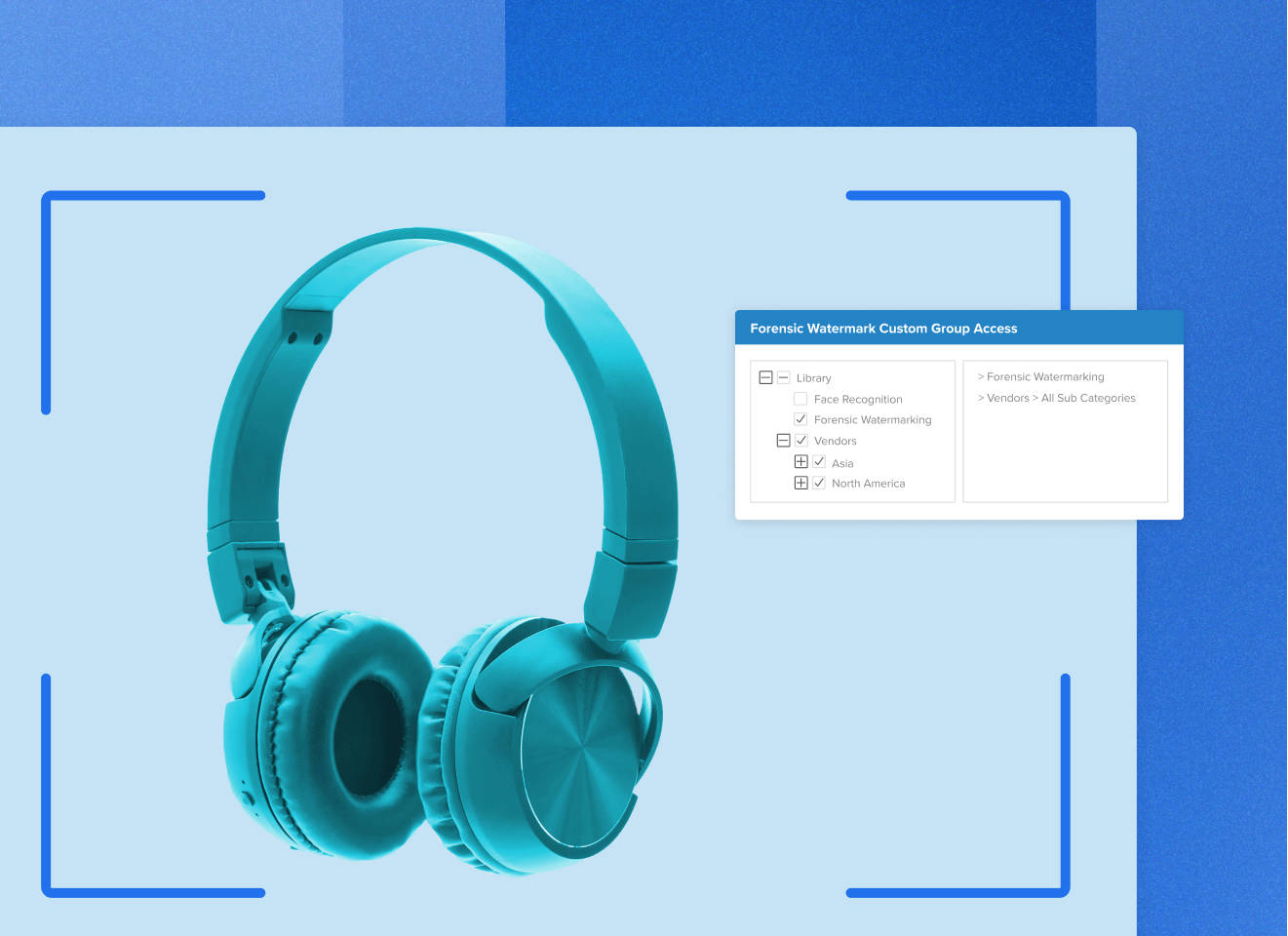
8. Templating Solutions
Templating solutions make it easy for teams to harness their creativity by enabling instant access to all approved, on-brand assets and seamlessly use them within any approved template. It is a transformative tool for sales enablement and accelerating the time-to-market of marketing campaigns all while maintaining consistent branding.
Example: MediaValet Templating, powered by Marq
Why integrate with a templating solution?
A DAM and templating integration empowers non-designers to create on-brand materials, without compromising brand governance. Creative teams maintain control, while sales, marketing, and local teams gain the flexibility to move faster.
How does the integration work?
Teams can quickly and easily navigate to the templates library within a separate tab embedded in the DAM platform.You can directly access approved assets already in the DAM, customize text and tailor copy to add personalization, create templates for each team’s specific needs, and share and distribute templates directly from the DAM library!
Everything you need to know about MediaValet Templating, powered by Marq.
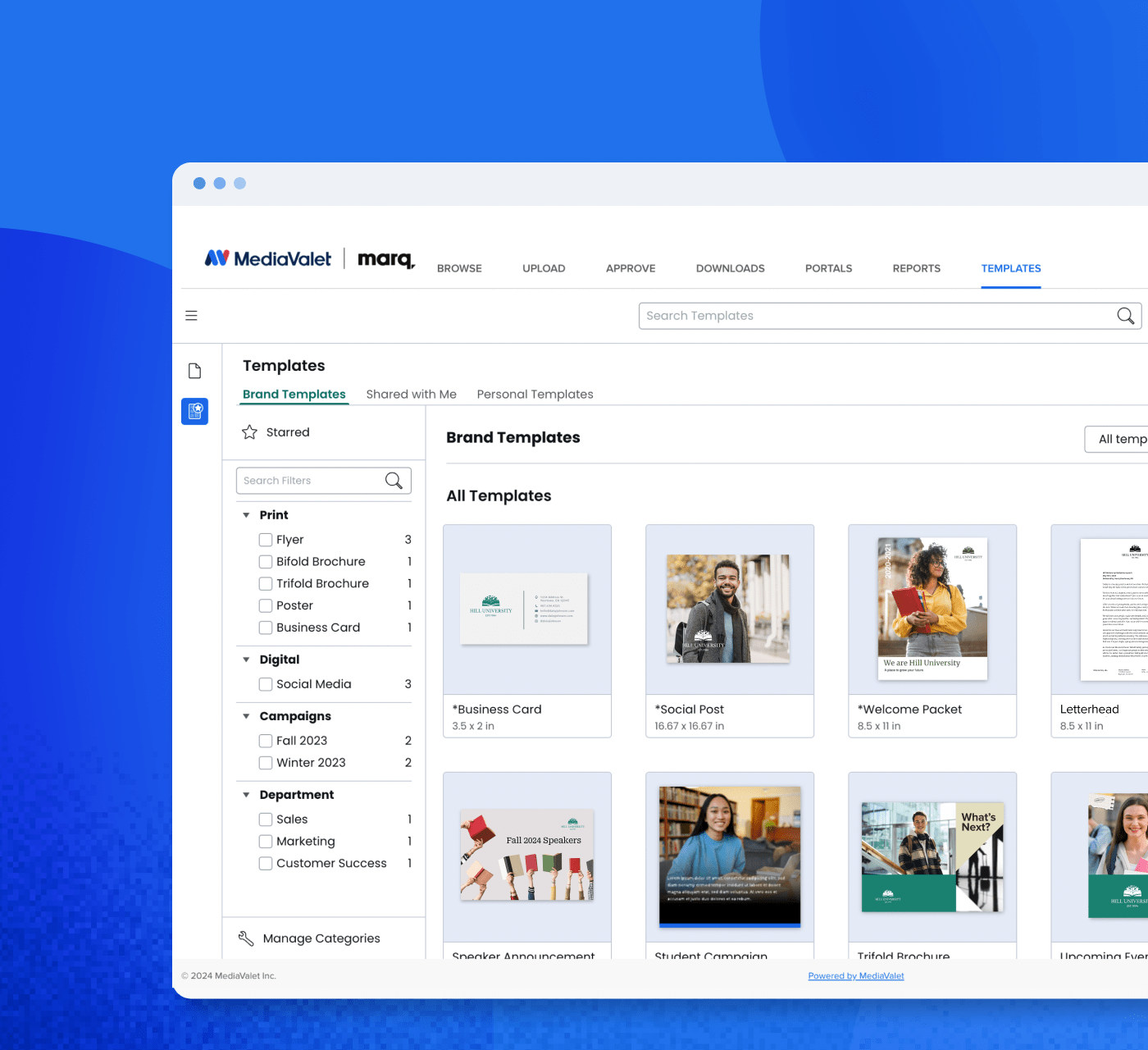
What are you waiting for?
DAM integrations give the people what they want: improved usability, convenience, better security, and consistency. Improved workflows make for improved productivity while helping leaders and executives maintain control. Make your user experience seamless and easy. Teams can do their best work with integrations. You’ve already invested in a DAM—so why not take advantage of integrations that will help your team work smarter? Check out the MediaValet integrations.
Related Articles
Ready to see what the DAM hype’s about?
Meet with one of our product experts




